Material and product information
Natural fibres
Natural fibres are renewable fibres whose production focuses on sustainable land and water use practices and ethical treatment of animals.
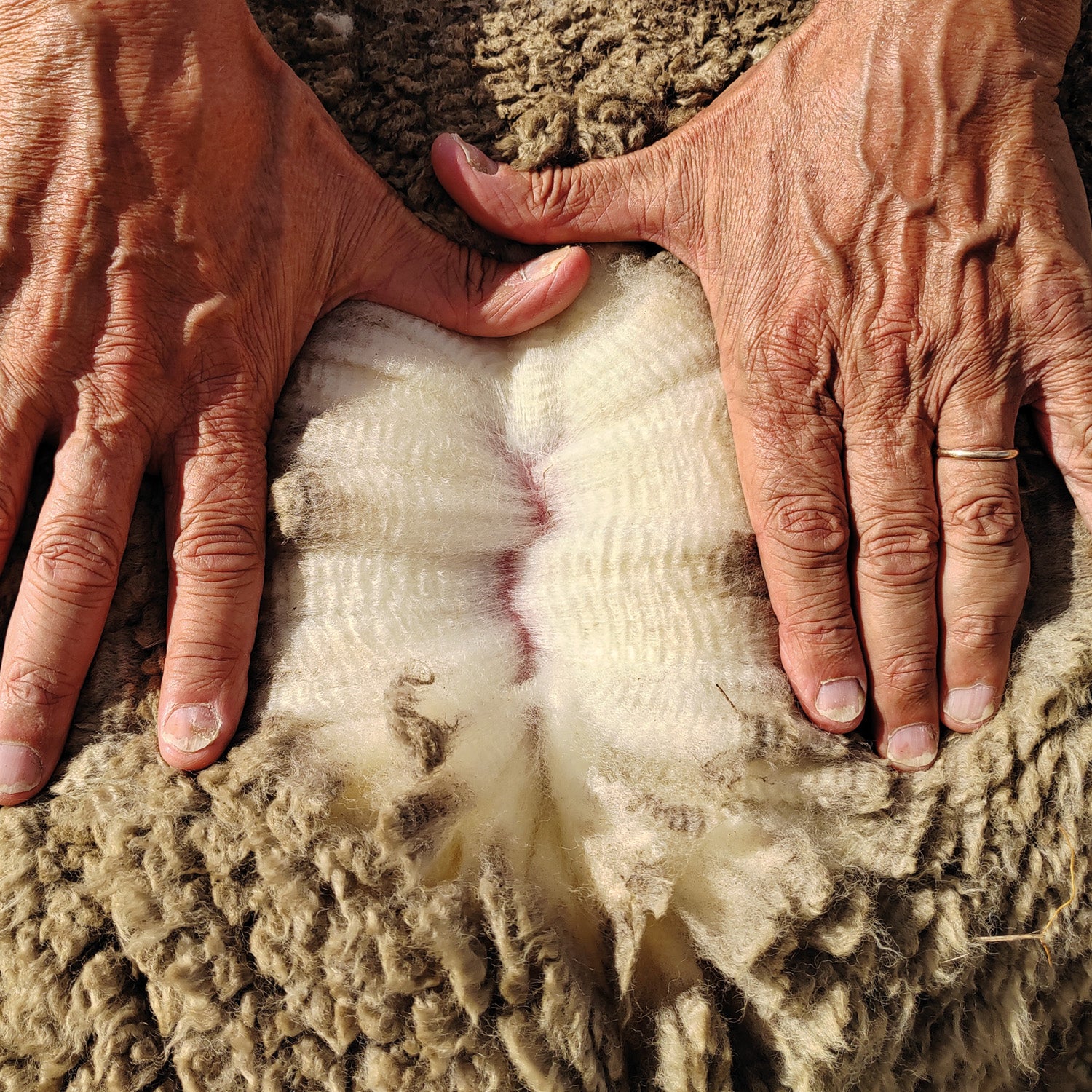
Merinovilla
Merino wool is nature's own superfibre. Its performance characteristics make it an excellent choice for almost any weather. Self-renewing and biodegradable, merino wool is a warm and breathable material that stays warm even when damp. Merino wool socks also dry quickly. Comfortable merino wool feels soft on the skin and won't itch even the most sensitive skin. Merino wool socks enjoy ventilation instead of washing. Wool is naturally fire-retardant and antibacterial.
We use only ecologically and responsibly produced Nativa™ certified merino wool to make our socks. All the merino wool we use is always mulesing-free.
Read more about NATIVA merino wool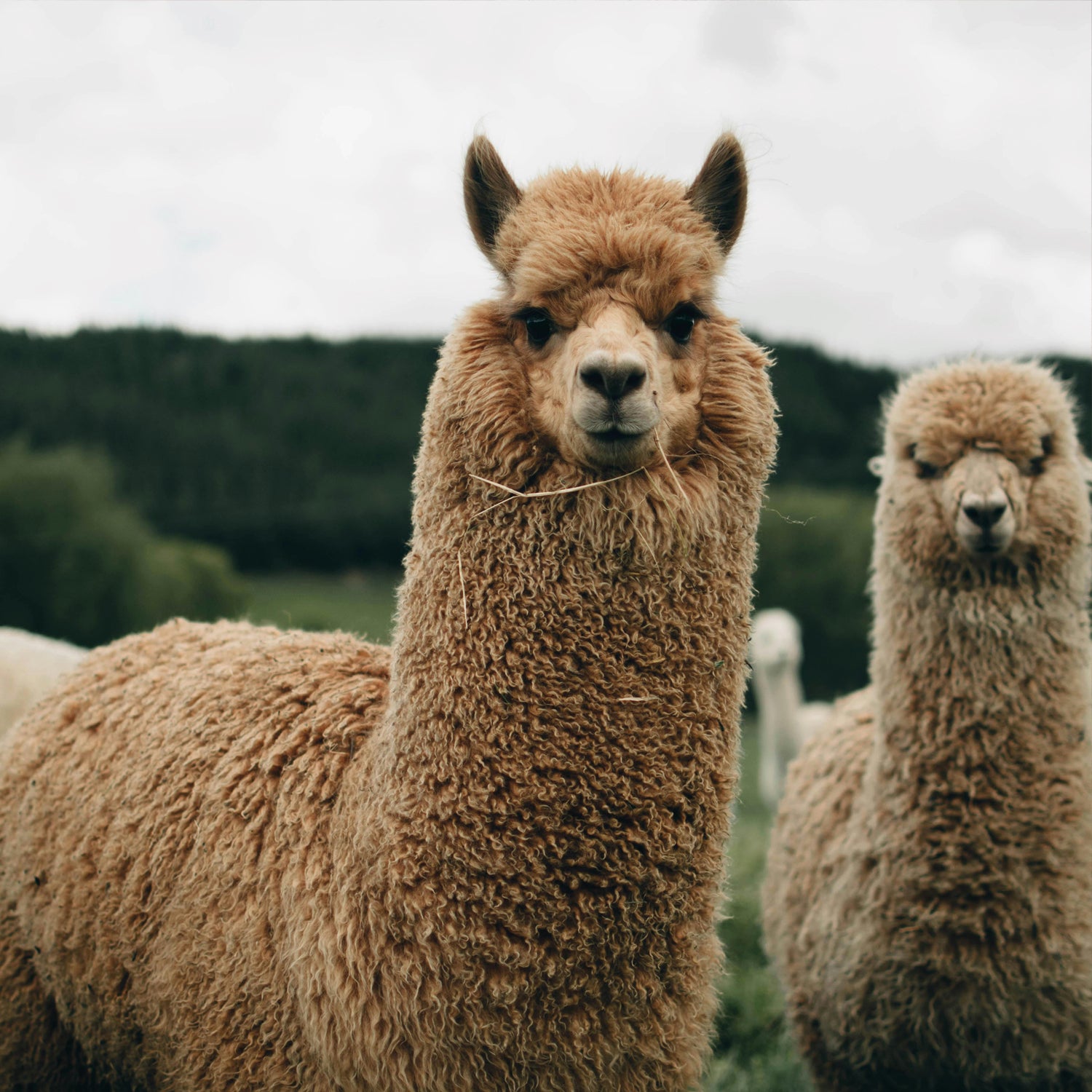
Alpaca wool
Alpaca wool is luxurious to the touch and super soft. It is a very warm material, yet it does not feel suffocating thanks to its good breathability. While sheep's wool has the characteristic of fluffing when used, alpaca wool is not so easily fluffed due to its long fibre structure.
Alpaca wool is also comfortable on sensitive skin as it does not itch. It is also suitable for people with lanolin sensitivities. Alpaca wool does not contain any lanolin.
"Known as a 'luxury material', alpaca wool enjoys airing, so avoid washing in water.
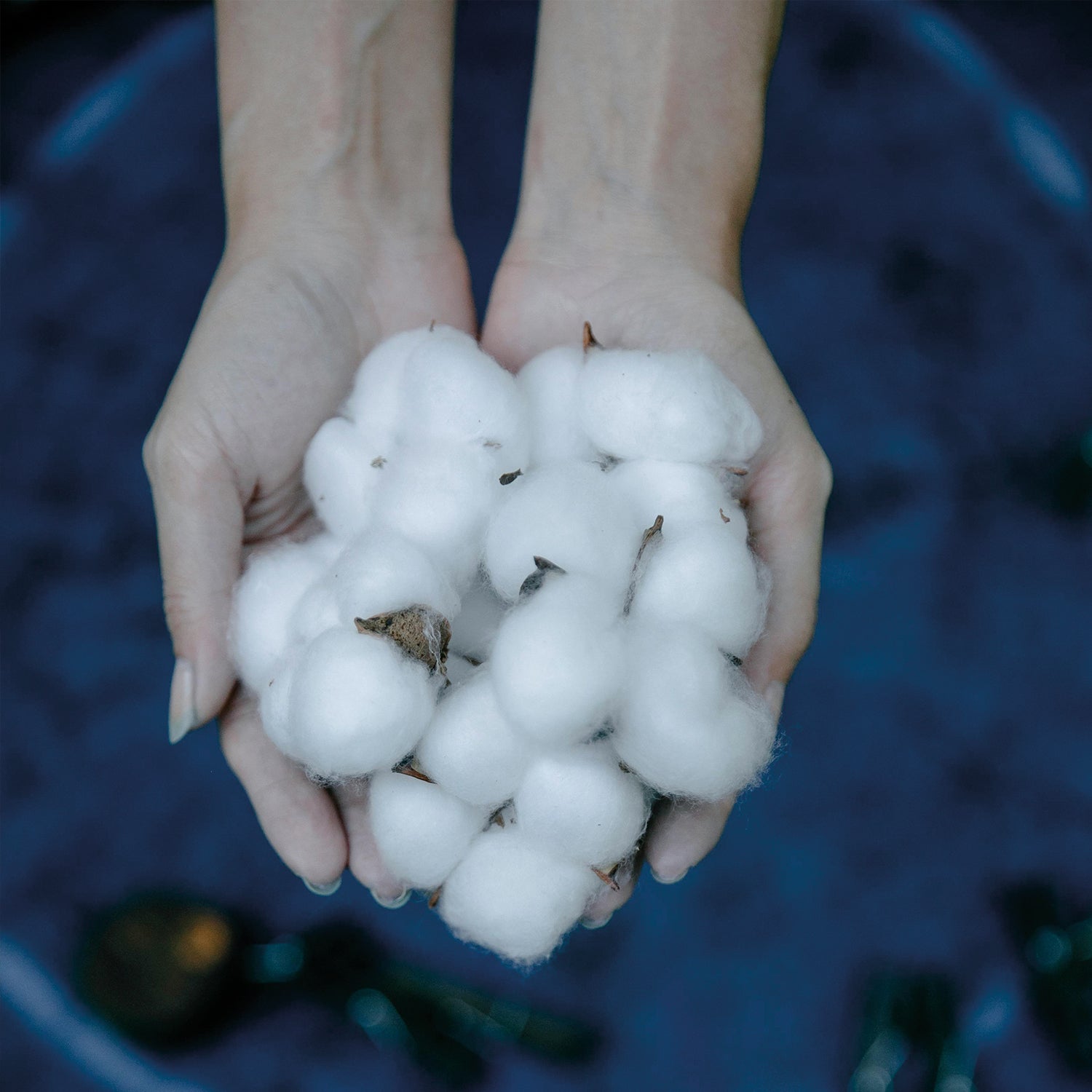
Cotton
Cotton is one of the most common natural fibres. All the cotton we use is organic cotton. Cotton is characterised by good wear resistance. This fibre is a true "wash and wear" material, as cotton has a very good wear resistance without linting.
Cotton has a good moisture absorption capacity, which is why it also dries slowly.
All our cotton products have Standard 100 by OEKO-TEX international certification, which indicates that the product is safe for the user.
To be certified, the pH level of the product must be skin-friendly, tested to be free of harmful substances and the dyes used in the product must be non-toxic.
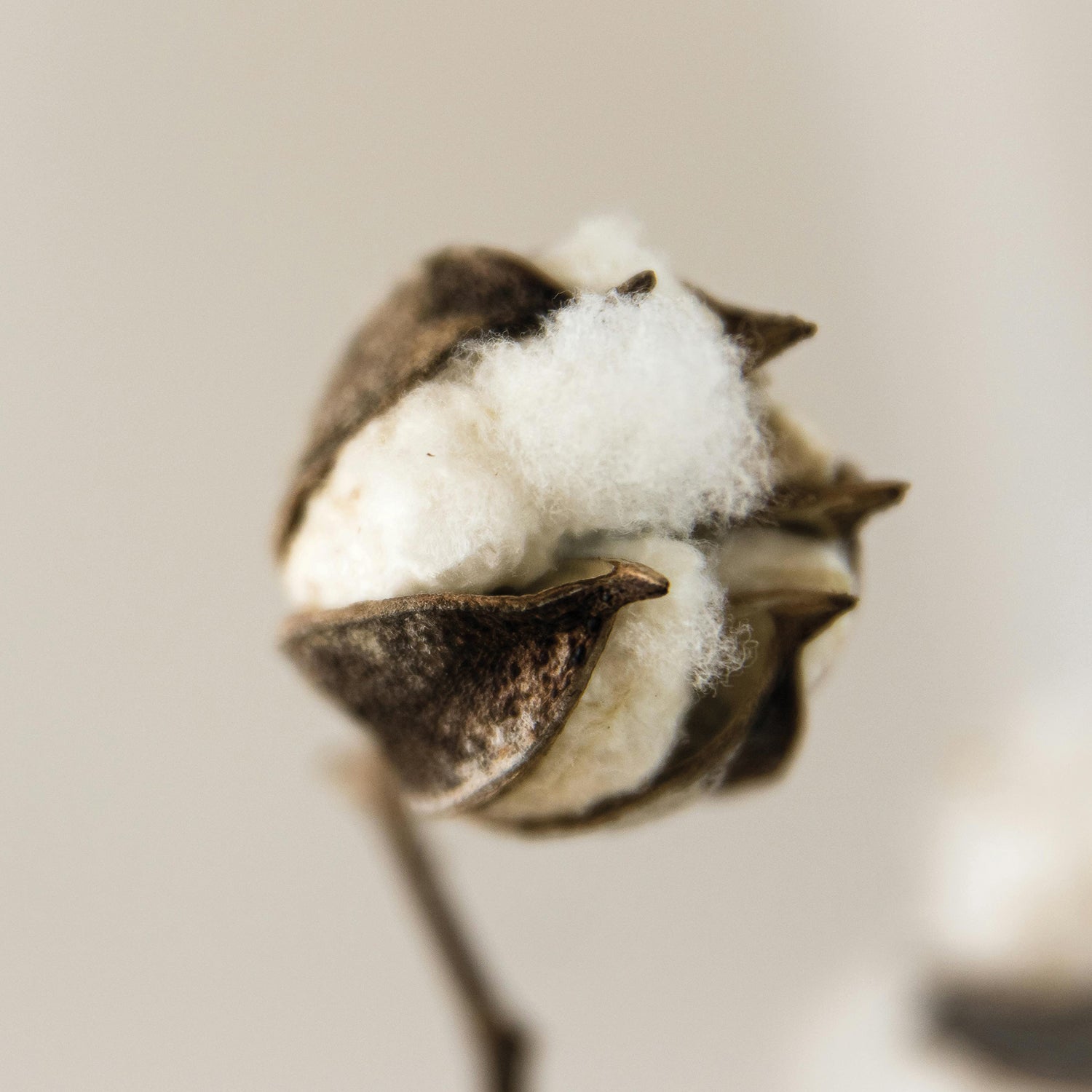
Mercer Cotton
Mercerized cotton is cotton that has been treated by mercerization. Mercerization is the process of treating cotton with lye solutions to strengthen it and give it a silky soft sheen. The use of lye and various other treatments on cotton and fabric can also improve other properties such as wash resistance and colour fastness. Mercer cotton has the same properties as cotton.
Recycled materials
Recycled yarns use fibres from textile industry surplus or recycled clothing, and new artificial fibres are made from recycled plastics. Recycled fibres can be slightly coarser than virgin fibres, as the length of natural fibres shortens with recycling.
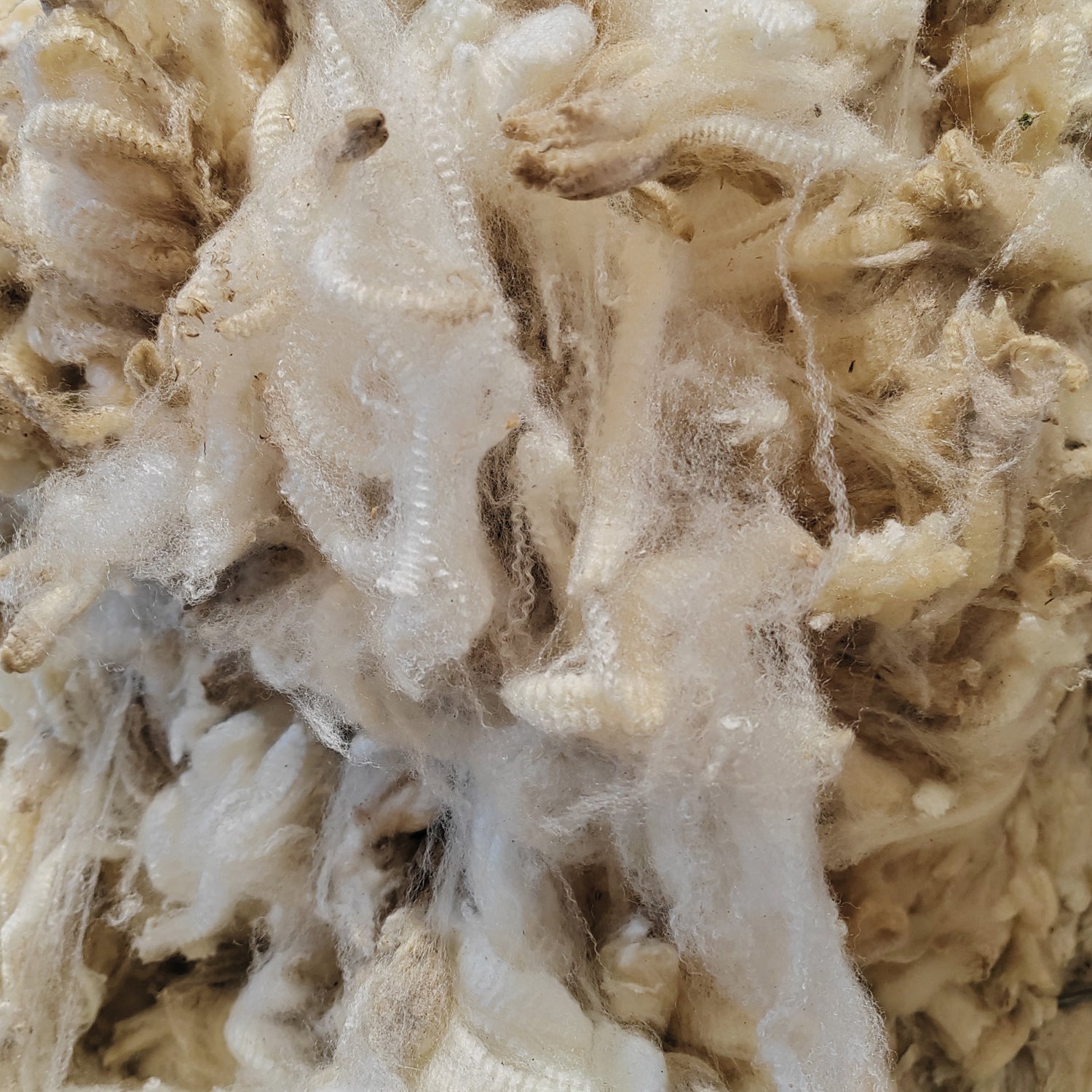
Recycled villa
Recycled wool is obtained from textile industry surplus and woolen clothing. The good properties of wool, such as warmth and breathability, are retained even after recycling and it also saves significant amounts of natural resources.
Wool is a valuable fibre and efforts have been made to recycle its industrial waste. Clean wool waste from spinning mills, weaving mills and sewing mills is torn into fibres and spun again. The length of the fibres shortens after being torn and spun, and therefore new fibres are often added to the wool for reinforcement. Due to the short fibre length, recycled wool is rougher and can itch sensitive skin.

Recycled cotton
Recycled cotton can come, for example, from household textiles collected from consumers or from scraps.
Cotton is mechanically recycled by tearing or fibres, which shortens the length of the fibres. To make the material strong, new cotton or other fibres are often added. The fibres are then spun into yarn and further processed into a finished product.
Cotton recycling significantly reduces the consumption of natural resources and water, as there is no need to grow and make new raw material. So far, the recycling and processing of clothing has not been made commercially efficient.

Recycled polyamide
Recycling of polyamide is possible thermally and chemically, but it is not very common. Recycled polyamide consumes 80% less energy than the production of new fibre, for example from industrial waste material. Recycling does not degrade the quality of man-made fibres, but results in a material that is as good as new. The production of recycled polyamide reduces the consumption of natural resources as no new raw material is needed.
The use of recycled polyamide has the same environmental problems during use as new polyamide: washing releases microplastics (tiny plastic particles), which end up in waterways and aquatic organisms with the washing water.
Converted fibres
Man-made fibres are semi-synthetic fibres based on cellulose from plants. Man-made fibres are in between natural and man-made fibres, as they require chemical processing and ingredients to produce.
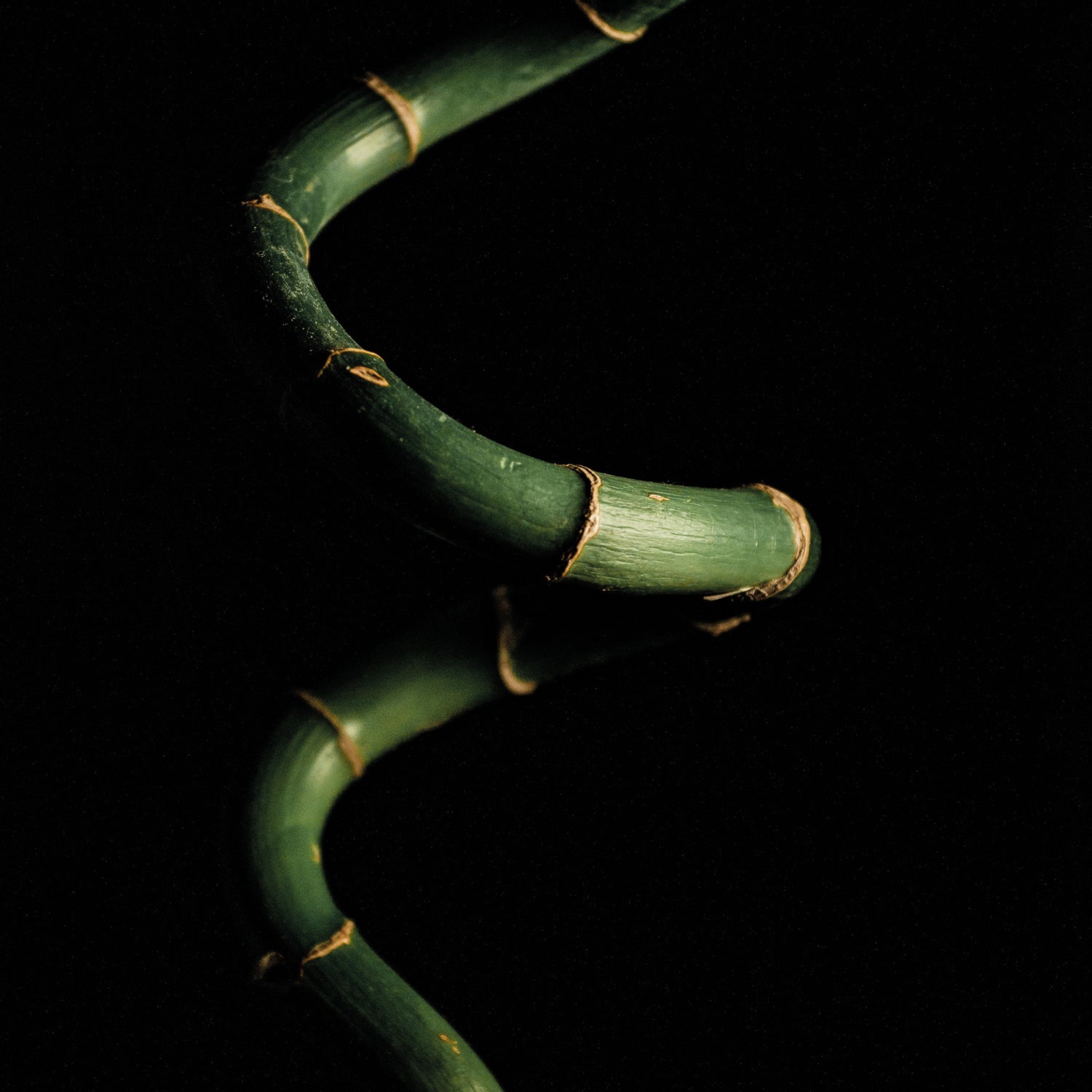
Bamboo (viscose)
Bamboo viscose is a semi-synthetic fibre, as the cellulose needed to make it is digested using chemical processes.
As a material, bamboo viscose is antistatic, soft and breathable. In addition, bamboo viscose effectively wicks moisture away from the skin. In general, bamboo viscose is also suitable for sensitive skin as it is hypoallergenic. In terms of wear resistance, bamboo viscose is a delicate fibre. Bamboo viscose products should not be chosen for applications where there will be heavy abrasion, unless the bamboo viscose product has been made abrasion resistant by means of artificial fibres.
As bamboo viscose is not a plastic-based man-made fibre (compared to polyester, for example), it does not add to the natural microplastic load. Natural bamboo viscose is a renewable raw material. Nevertheless, bamboo viscose is classified as an artificial fibre because of its manufacturing process.
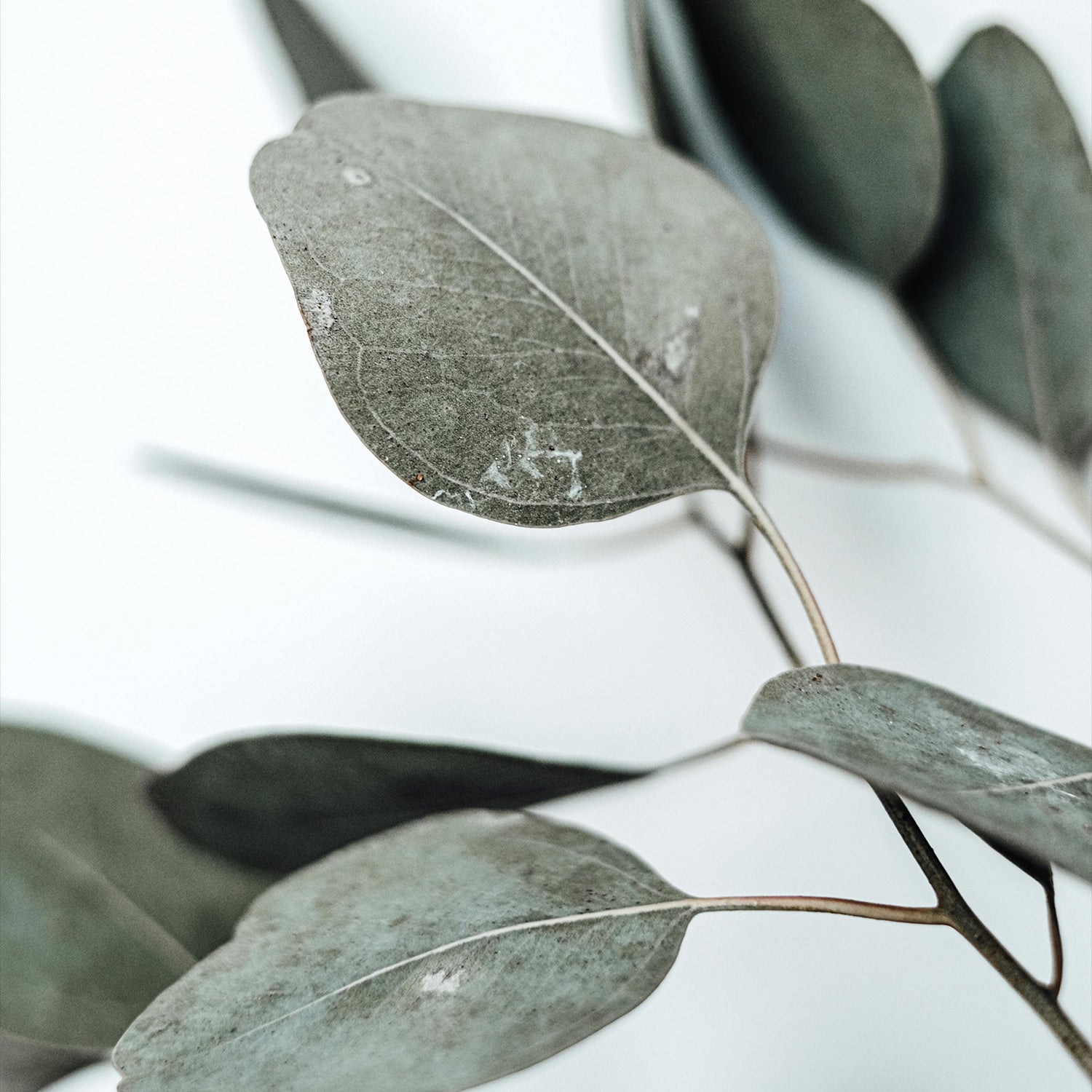
Tencel
Tencel is a sustainable and environmentally friendly fibre known for its soft and even silky feel. As a material, Tencel is absorbent and breathable, making it an ideal choice for sensitive skin users.
Tencel is biodegradable, and compared to viscose, eco-friendly. Tencel is manufactured quickly from renewable raw materials using a wet spinning process. The non-toxic solvent used in the manufacturing process can be recycled almost 100 times over and the manufacturing and dyeing processes are very energy efficient.
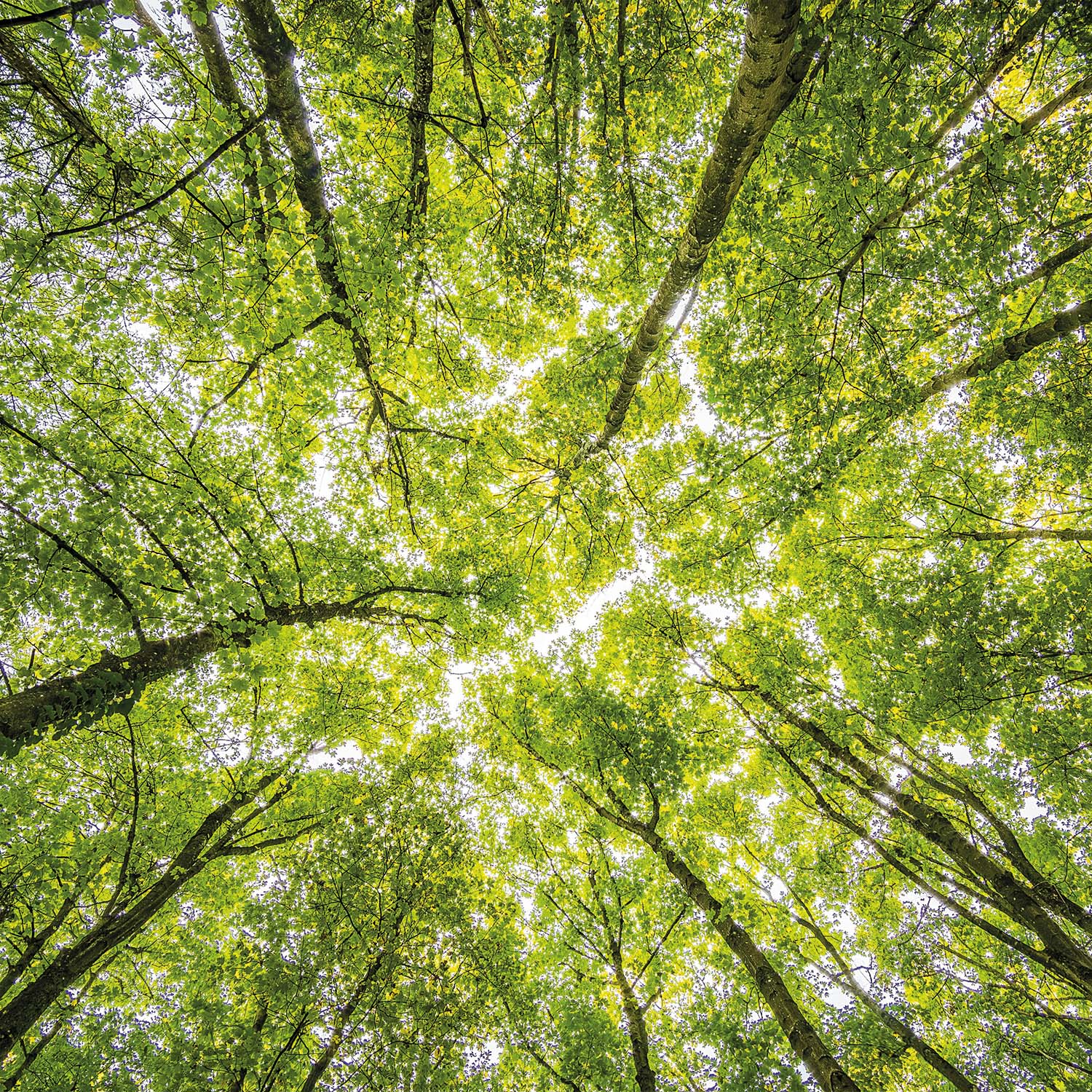
Viscose
Viscose (also known as rayon) is an artificial fibre made from bleached wood pulp, which in Finland is usually made from birch or spruce. The fibre can be manufactured and finished according to its intended use and, if necessary, can be given a very silky appearance. Viscose is used to make fabrics for clothing and carpets, for example. It has a good moisture absorption capacity and therefore does not electrify, but it shrinks, wrinkles and burns easily.
Man-made fibres
Synthetic fibres, or artificial fibres, are man-made fibres. Synthetic fibres are used to achieve certain properties of the fibre or to imitate the properties of natural fibres.
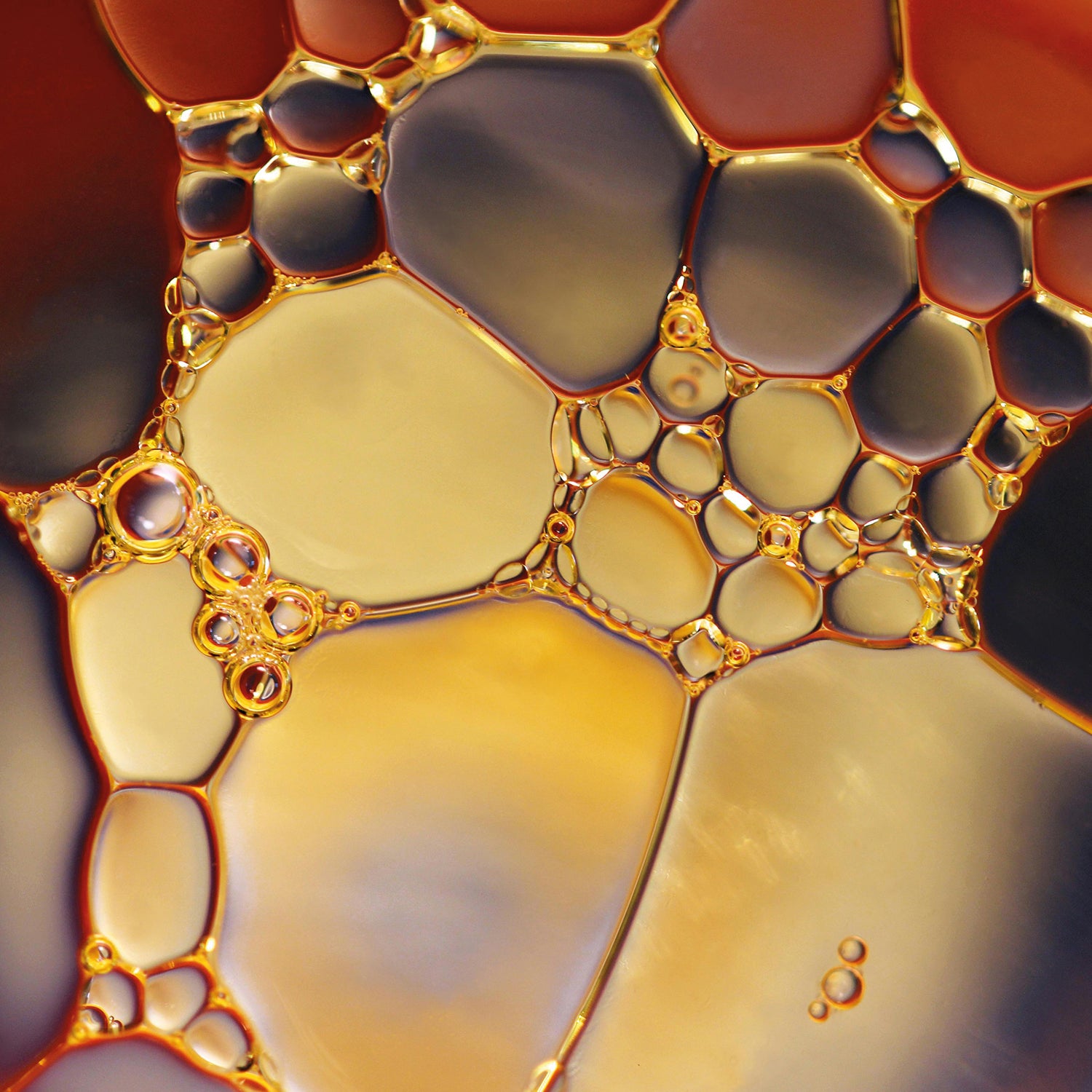
Polypropylene
Polypropylene is an artificial fibre made from waste products from the oil industry and is quick and cheap to produce. It is very elastic and resilient and highly resistant to chemicals and micro-organisms. Polypropylene is less heat resistant than other synthetic fibres. The fibre is light and strong, and is highly resistant to abrasion. Polypropylene has good dimensional stability and dries quickly. It has a fluffy and soft feel.
It uses less energy to produce than other synthetic fibres. Polypropylene is not biodegradable. It can be produced as a bio-based product, but production is very limited. Polypropylene can be thermally recycled six times, after which the fibre is too weak to be reused. When burnt, polypropylene has the same calorific value as fuel oil and burns cleanly.
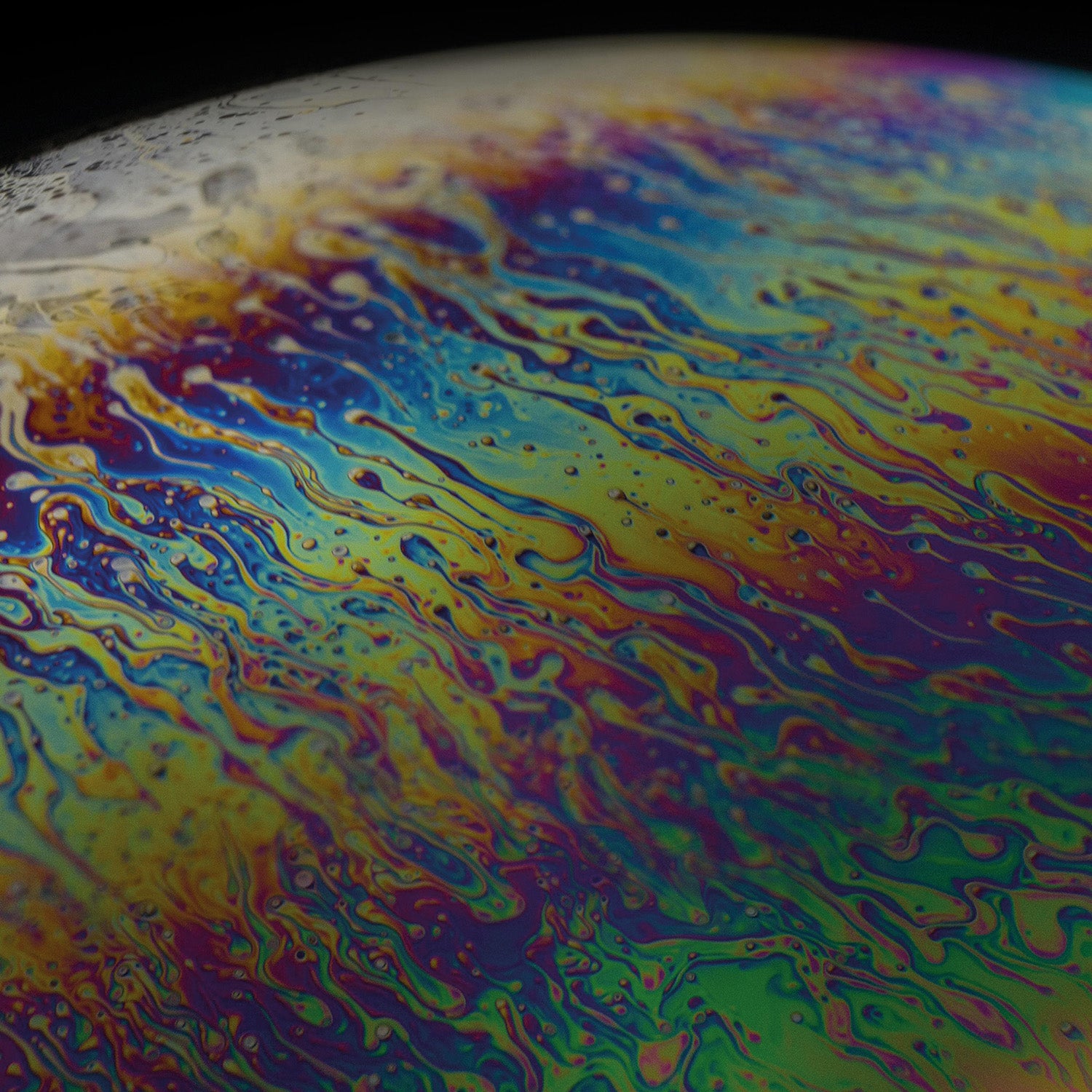
Elastane
Elastane is an oil-based, very flexible fibre that is always used in combination with other fibres. Elastane has excellent elongation recovery and is an elastic and resilient fibre. It has poor tensile strength, which means that it is not very durable. Elastane has poor weather and light resistance.
Products containing elastane should be washed frequently, as sweat, chlorine and sea water cause the fibre to become brittle.
Elastane is used in products because of its elasticity, as even a small amount can give the product flexibility. The most common applications are underwear, stockings, tights and swimwear. Today, elastane is also widely used in jerseys and jeans.
The raw material for elastane comes from oil, a non-renewable resource. The fibre is not biodegradable and cannot currently be recycled. The use of elastane in cotton garments, for example, reduces their recyclability.
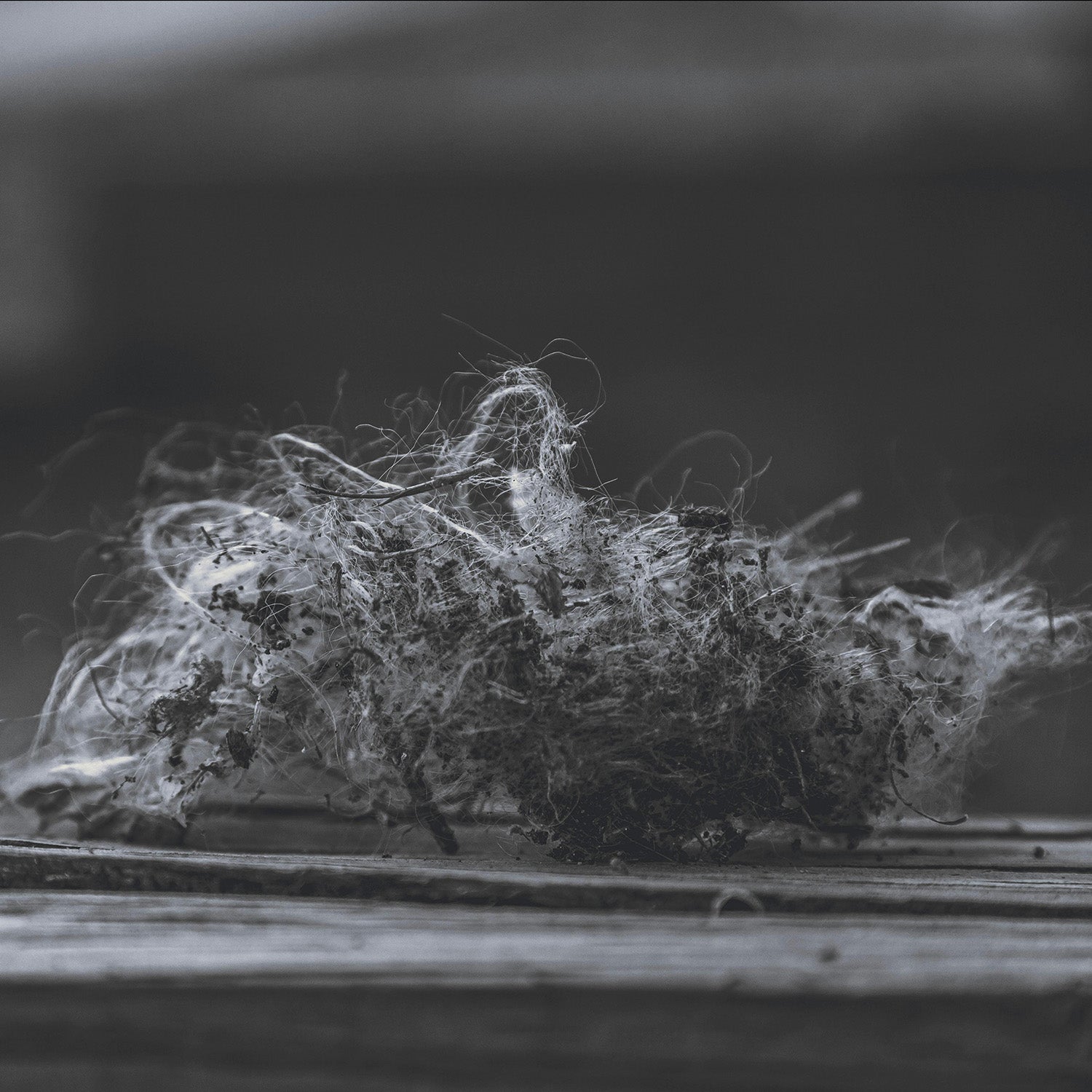
Acrylic
Acrylic is an oil-based synthetic synthetic fibre that can be produced by both dry and wet spinning. Acrylic is most commonly produced as a wool-type staple fibre and its properties can be influenced during the manufacturing process, for example by curling and stretching the fibre.
Acrylic is often used as a substitute for wool because it is cheaper and less susceptible to chemicals and pests. It is widely used on its own, but also in blends with wool, mohair, cotton and polyester, for example.
As a material, acrylic is not biodegradable. The fibre cannot be recycled thermally, i.e. by melting and spinning again, but the fabric can be torn and the fibre reused to make yarn. However, recycling of acrylic is limited.
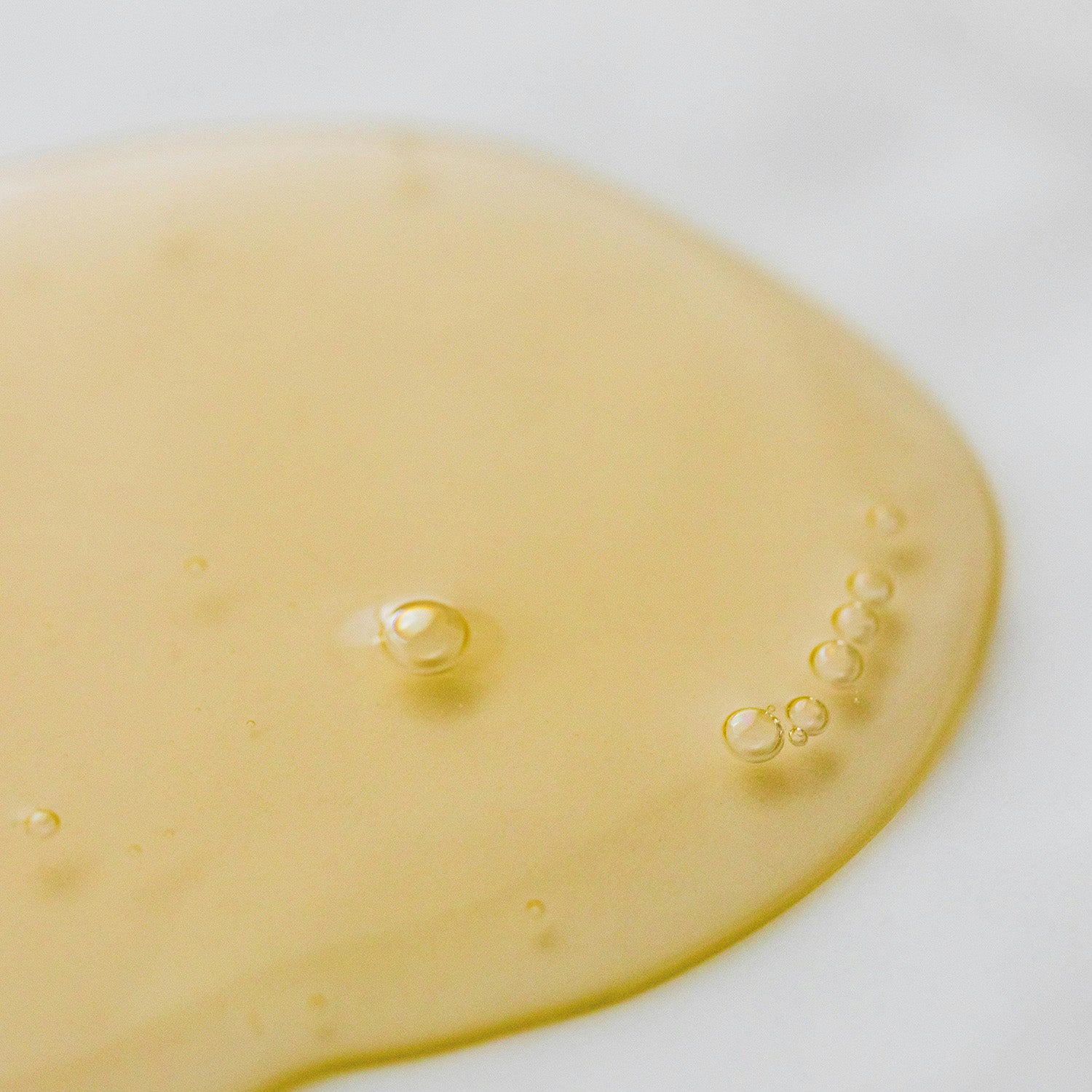
Polyamide
Polyamides are a group of fibres derived from by-products of the oil industry.
Polyamide is a synthetic synthetic fibre. It is a very durable, flexible and moisture-repellent material. Polyamide retains its colours for a long time, has reasonable heat insulation, dries quickly and is highly resistant to abrasion.
Polyamide is used on its own and in blends with cotton, viscose and modal.
The production of polyamide consumes non-renewable resources and is not biodegradable. Recycling of polyamide is possible thermally and chemically, but it is not very common. The raw material for clothing made from recycled polyamide is mostly industrial waste material. Recycled polyamide consumes 80% less energy than manufacturing new fibre.
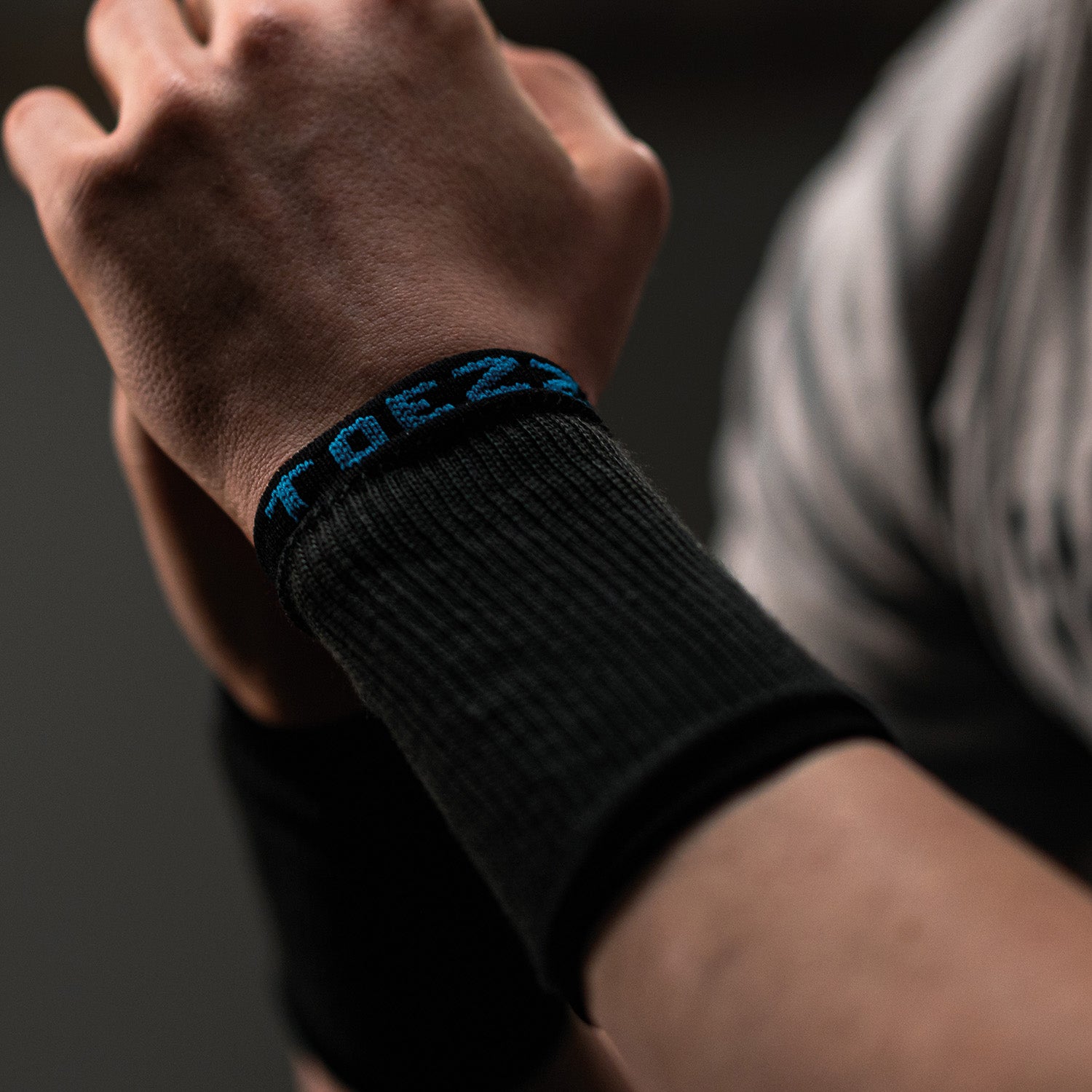
Para-aramid
Aramid fabrics are used as a material when lightness and excellent impact strength and elasticity are required. Para-aramid is a highly durable synthetic fibre that offers many useful properties. It is very strong and has good abrasion and elongation resistance. Aramid fibres also have inherent non-flammability, self-extinguishing, chemical resistance and high heat resistance. Para-aramid is also moisture repellent and chemically resistant.
Para-aramid is commonly used in personal protective equipment to prevent cuts, for example.
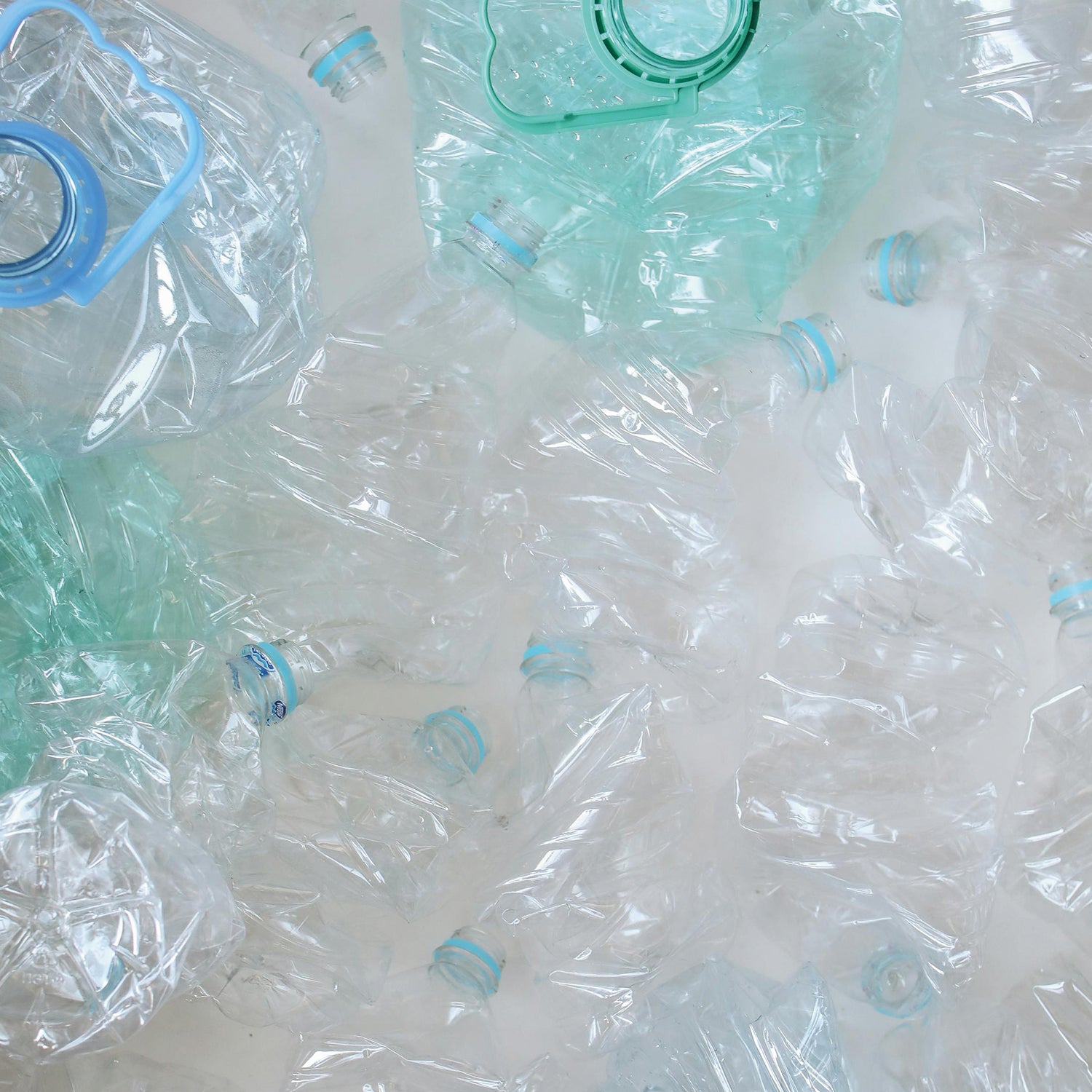
Polyester Coolmax
Polyester, also known as Coolmax, is a chemical fibre specifically designed to remove moisture from the skin and keep the wearer dry and cool. It is made of polyester. The structure of Coolmax fibre allows moisture to evaporate quickly and move away from the skin, helping to maintain a constant body temperature. Coolmax is often used in sports socks in combination with other synthetic fibres. It has good abrasion resistance.
The main environmental impacts of polyester are related to
the use of non-renewable resources, energy-intensive
manufacturing process and the microplastics released from its products, which cause a wide range of environmental damage when discharged into water bodies.






